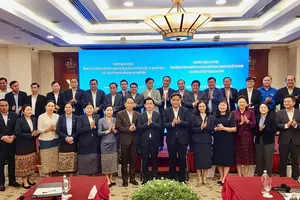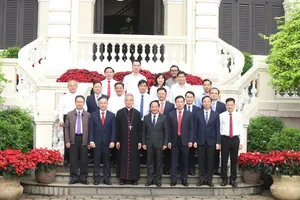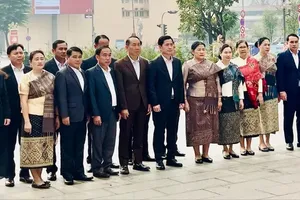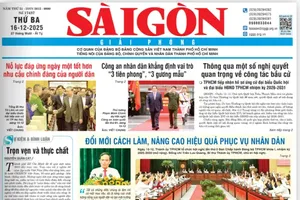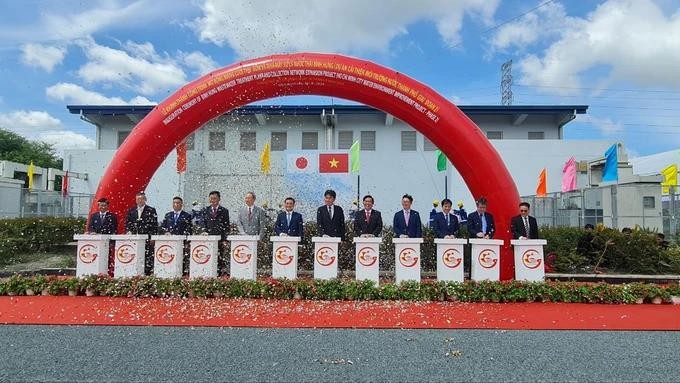
At the inauguration of the wastewater treatment plant, part of the Ho Chi Minh City Water Environment Improvement Project, Phase 2, in Binh Hung Commune of Binh Chanh District, the TCIP announced the plant has a capacity of 469,000 cubic meters per day.
The inauguration was attended by Vice Chairman Bui Xuan Cuong of the municipal People's Committee, Consul General of Japan to Ho Chi Minh City Ono Masuo, Chief Representative Sugano Yuichi of the Japan International Cooperation Agency (JICA) in Vietnam and representatives from various departments and a large number of local residents.
Speaking at the inauguration, Vice Chairman Bui Xuan Cuong expressed gratitude on behalf of the government and people of Ho Chi Minh City to the Government and people of Japan, as well as to JICA for their continuous cooperation, and support in arranging ODA loan resources, and assistance in the project implementation, technology transfer, human resource training, resolving challenges, and establishing new collaborative projects between the city and JICA.
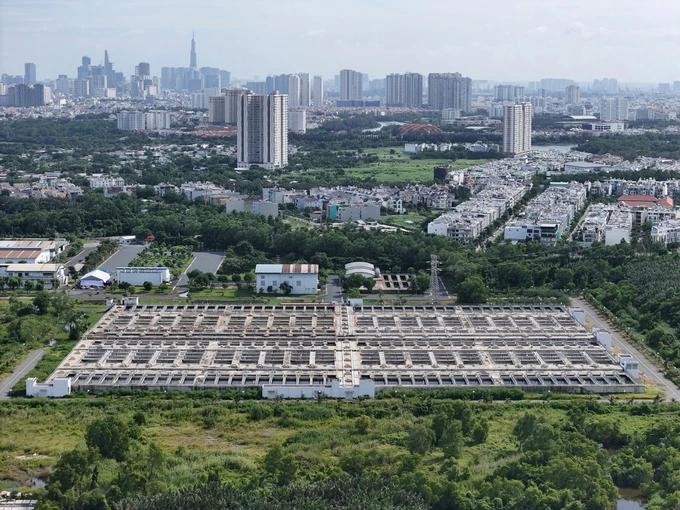
He also thanked the government, and related responsible agencies for concerted efforts to remove barriers so that the plant can be completed as scheduled.
The Vice Chairman of the People's Committee of Ho Chi Minh City has urged the Japanese Government and JICA to maintain their collaboration and support for the successful execution of the Water Environment Improvement Project (Phase 3).
He also emphasized the importance of continued ODA funding for new transportation and environmental initiatives within the Tau Hu - Ben Nghe - Doi - Te canal basin. This effort aims to create a lasting legacy of development cooperation between Ho Chi Minh City and Japan, symbolizing the enduring friendship and partnership between Vietnam and Japan.

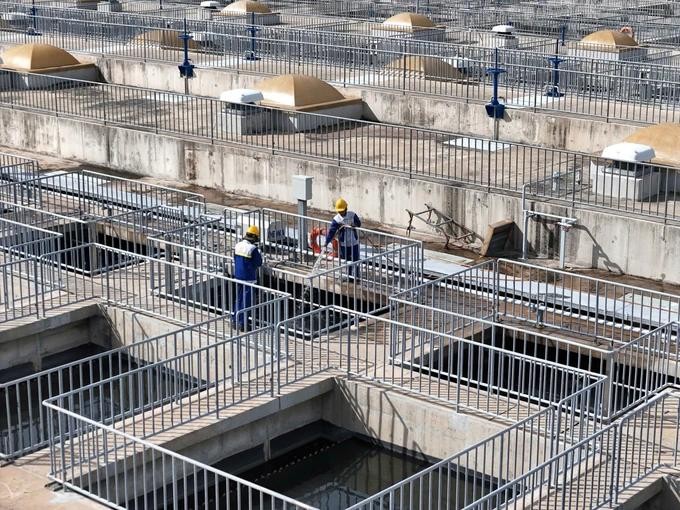
To ensure the effectiveness of the second phase of the city's water environment improvement project, Vice Chairman Cuong suggested that the investor and related units continue to coordinate with JICA to seek the opinions of related ministries and agencies to resolve the project's issues.
Furthermore, he urged to accelerate the investment preparation for the city’s Water Environment Improvement Project Phase 3, aiming to start construction in 2026 and complete the entire project by 2030.
According to him, the city always prioritizes environmental protection, increasing green spaces, waste and wastewater treatment, canal renovation, and improving the lives of people living along and near canals.
Moreover, he added that the city aims to collect and treat all domestic wastewater in 12 drainage basins, with a total volume of about 3 million cubic meters per day by 2030. It also aims to collect and treat 100 percent of the city’s waste using waste-to-energy and recycling technologies.
The operation of Binh Hung Wastewater Treatment Plant will increase the city’s wastewater collection and treatment rate from 20.6 percent to 40.8 percent. It is expected to reach 71.3 percent by 2025 after Nhieu Loc - Thi Nghe Wastewater Treatment Plant, with a capacity of 480,000 cubic meters per day, comes into operation.
Director Luong Minh Phuc of Ho Chi Minh City Transportation Works Construction Investment Project Management Authority stated that the Binh Hung Wastewater Treatment Plant project was constructed from 2015 to 2020, with some packages still under construction. The plant has a capacity of 469,000 cubic meters per day, making it the largest in Vietnam to date.
Once the plant is operational, the entire domestic wastewater system in the city’s central area, covering a total area of 3,000 hectares with about 3.4 million residents, will be collected and treated there, preventing direct discharge into canals. This will address the pollution of the Tau Hu - Ben Nghe canal.
The facility is not just a wastewater treatment plant; it also includes over 10 hectares of trees and serves as an environmental monitoring training center.
The project to improve the water environment in Ho Chi Minh City, specifically in the Tau Hu - Ben Nghe - Doi - Te canal basin (phase 2), has a total investment of VND11,300 billion (US$452,448,565). This includes an ODA loan of VND9,850 billion from Japan through JICA, and a counterpart fund of VND1,450 billion from the city budget.
The project aims to complete the rainwater drainage system, address flooding issues at various points in the basin in addition to dredging and renovating Tau Hu, Ben Nghe, and Ngang canals, as well as part of the Hang Bang canal.
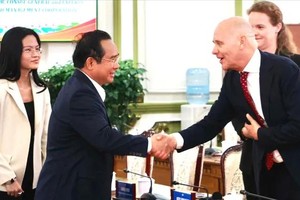



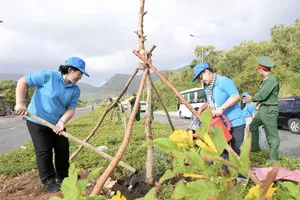
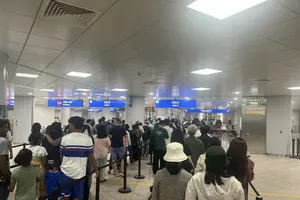


)
